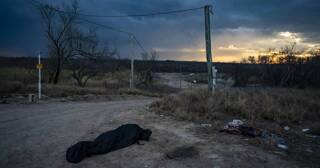U.S. Sees Warmest March in Recorded History, NOAA Reports
March 2012 will go down as the warmest March in the United States since record-keeping began in 1895, NOAA said Monday.
In addition, the three-month period of January, February and March was the warmest first quarter ever recorded in the Lower 48 states. The average was 42 degrees Fahrenheit, a whopping 6 degrees above the long-term average.
A staggering 15,292 warm temperature records were broken, (7,755 record highs and 7,517 record high overnight lows), according to Chris Vaccaro, spokesperson for NOAA. “That’s tremendously excessive. The scope and the scale of warmth was really unprecedented, Vaccaro said.
I’m sure this is just an anomaly…










